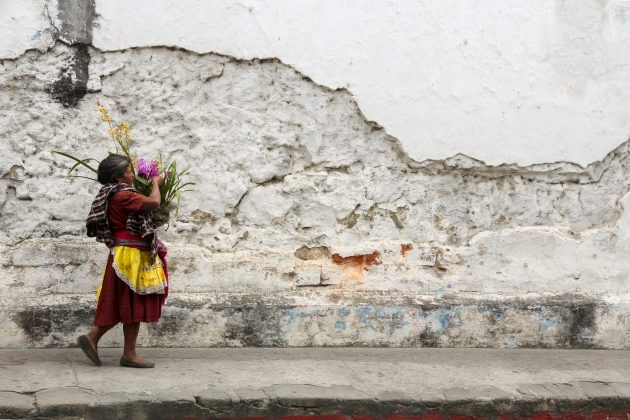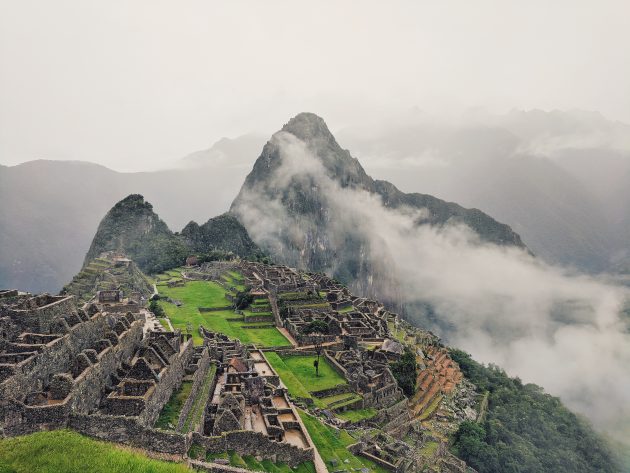The Role of Music in Latin American Culture
16 May, 2023
Music plays a crucial role in the culture of Latin America, and it always has. This continent has a rich and colorful musical landscape with sounds that range from tribal roots to folk music to modern pop. The sounds and songs of Latin America are expressive and diverse. We’re going to explore the role of music in this particular culture and understand its importance.
Before we get started, if you want help with writing about cultural topics like this one, visit Studyfy. Whether you want an essay written or you’re looking for an admission essay writing services that can help you achieve academic success and progress, Studyfy is there for you. Hire a professional writer to help you out now. Now, let’s move on and get back on point.
Latin American Music & Its History
Latin America is home to many indigenous populations and tribes. These tribes cultivated many unique instruments, folksy and earthy music, even leaning to very spiritually-inclined chanting and song. Prominent instruments like maracas or the pan flute come from these indigenous tribes.
Further on in time, Spanish settlers influenced these tribes and populations, which led to the blending and emergence of new musical styles in Latin America and, of course, the spread of
music like Samba, Tango, and Mariachi.
Preserving Indigenous Cultures
A very important role that music upholds in Latin American culture is to preserve and proudly showcase the roots of the people. Music helps celebrate the culture of indigenous communities, and many of these communities across Latam have very rich musical traditions, showcasing truly one-of-a-kind vocal styles and instruments.
Because of colonization and modernization, these traditions have been lost, so music bridges the gap for those who want to reconnect to their roots and the music that their ancestors played. Music has helped preserve these traditions, and it’s also helped keep their memory alive. It isn’t only used to celebrate cultural heritage; it’s also used to educate those interested in these traditions without necessarily belonging to them.
And as of late, there has been a re-emergence of such ancient songs and styles being incorporated into more modern mixes, with artists like Mose and Deya Dova deriving immediate inspiration from the earthy, often spiritual tones found in the music of these indigenous tribes.
The Role Of Music In Identity
In Latin America, music has a role in representing collective identities and shaping individuality. It is intertwined with regional identities and national identities. Some examples of this:
- Brazil: Samba
- Argentina: Tango
- Mexico: Ranchera
- Columbia: Cumbia
In many countries across the continent, music expresses cultural heritage and national pride.
The Role Of Music In Social Movements
Music is used and has been used as a social and political tool for activism across Latin America. For example, the “Nueva Canción” movement emerged in Chile and other Latam countries during the 60s and 70s.
The music that represented this movement had clear socially-conscious lyrics criticizing the government and demanding social equality and justice. Unfortunately, political strife, corruption, and violence still prevail in Latin America, and so the music continues to play the role of bringing attention to the struggle across the continent.
Music, of course, also plays a positive role in the social movement of Latam. Hits like “Despacito” have helped popularize Latin American music everywhere, with artists like Rosalita and Bad Bunny now dominating the modern music scene with contemporary Latino songs.

Representing Diversity
Music also embodies and represents the diversity of Latin America. Latam music features diverse styles and genres hailing from different traditions that are all unique, colorful, and rich with history. Diversity can be detected and felt even within regional sectors of one country, offering listeners variations in the same genre or from playing the same instrument.
Let’s look at Peru, for example. In the Andean regions of Bolivia and Ecuador, the use of pan flutes is more prominent, as well as other wind instruments. On the other hand, in coastal regions of the same countries, percussion and dance are more prominent.
In Celebrating Life And Death
Latin American culture celebrates life and death equally. They celebrate both life and death in Latam, with the Mexican holiday of “Dia de los Muertos” being one of the most popular examples of this. During the Dia de los Muertos, families gather to honor their deceased family members and to pay homage to their memory/life. Music plays a crucial part during celebrations such as this one.
Mariachi bands who play traditional songs and ballads help create a joyful atmosphere even in a solemn celebration. For life celebrations like quinceañeras, more often than not, live music will be found. Either a band will be hired, or a DJ will play a blend of traditional songs and modern ones to keep the festivities up.
Latin American Music on the Global Stage
Throughout the years, Latin American music has made a huge impact on the global stage and has influenced other countries’ musicians and listeners. Latin American music has gained much popularity for its bass-y and festive vibes, often being used for parties, couple dances, and so on.
The continent’s music has also influenced other genres like jazz and hip-hop. Latin American instruments and rhythms can be heard and are often mixed into these genres of beats and melodies, which have created timelessly catchy and unique sounds.
Final Thoughts
Music holds a high place in Latin American culture, where it serves a purpose in many different aspects of people’s lives. From representing national identities to being used for celebrations of death and life, it serves a vital and dynamic part that not only helps people express themselves but to heighten human celebrations.
New generations of artists have now taken more traditional elements of music and blended them with modern and contemporary elements, which makes for intriguing sounds and melodies. There’s more to hear from Latam music, and we’re excited to discover more.
Follow Sounds and Colours: Facebook / Twitter / Instagram / Mixcloud / Soundcloud / Bandcamp
Subscribe to the Sounds and Colours Newsletter for regular updates, news and competitions bringing the best of Latin American culture direct to your Inbox.

